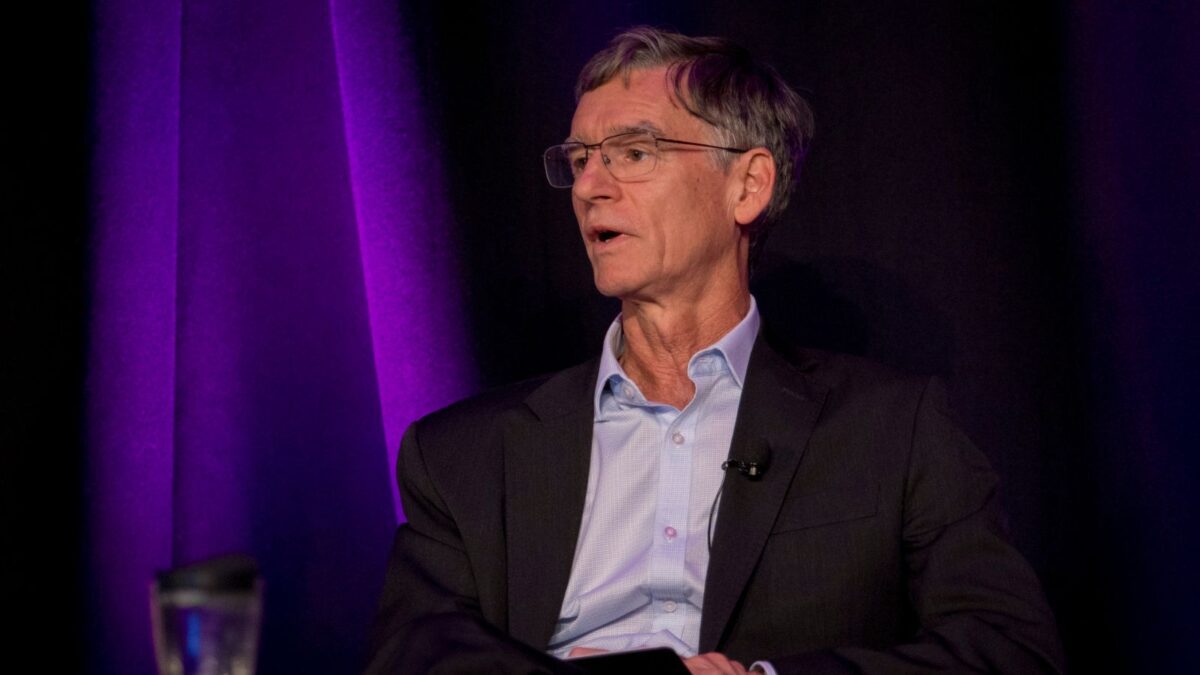New story in emerging markets for Australian investors
(Pictured: Rohit Chopra)
Australian investors have had a love/hate relationship with emerging markets for many years. Like the perception of the markets themselves, they tend to go hot and cold with that part of their portfolio. However, structural changes in some of the bigger markets may be changing both the perception and reality.
Rohit Chopra, a managing director and portfolio manager in charge of Lazard Asset Management’s emerging markets value strategy, based in New York, admits that Australian investors – as with investors elsewhere – are picking up some emerging markets exposure via their existing Aussie shares and global portfolios and it is difficult to calculate exactly how much.
“If we look at the Australian stock market as a starting point, it does have a large exposure to one particular part of the emerging markets/Asian story, specifically to global fixed asset investments in China, via the large resources companies, such as BHP and Rio,” he says.
“In addition, if you think about second derivative effects, the Australian economy is highly dependent on mining (for example the iron ore price), and if the economy slows, this has implications for employment, which impacts housing prices which in turn is critical for another very large part of our stock market, the banks (the top four make up more than 30 per cent of the S&P/ASX200 index).
“But, we would also note that the resources component of the ‘China story’ is actually the story of the last decade. Looking forward, as the Chinese economy diversifies more into one driven by the consumer and services sectors, it will become less critical.”
With respect to their global ex-Australia portfolios, which generally make up about half of the entire equities allocations for many super funds, it is true that they also generate revenues out of the emerging markets.
Chopra says: “For example, in the consumer space, exposure to stocks like Unilever would be tapping into the same emerging markets growth story that many of our emerging markets portfolio holdings are seeking to benefit from. However, many global equity portfolios tend to be ‘underweight’ emerging markets (compared to the MSCI ACWI index) and have different objectives.
“In terms of investing in emerging markets strategies, the emerging economies account for 50 per cent of the world’s GDP (PPP) and 80 per cent of the world’s population. Therefore, in our view, a direct exposure to these markets makes sense. We would also comment that there will be winners and losers from a company perspective in both emerging and developed markets – stock picking is very important.”
Lazard, of course, is a stock picker and has been managing money for Australian investors for a long time. Its numbers can therefore be taken as reasonably indicative of a super fund’s experience in the asset class. The Lazard emerging markets equity fund has returned 8.3 per cent a year since October 1997 to December last, in Aussie dollars before fees. This compares with 5.6 per cent for the MSCI emerging markets index over the same period.
The Lazard global thematic equity fund, which is managed by a team who joined the firm in 2003 and is the main global fund for Lazard’s Australian clients, has returned 8.0 per cent between October 2003 and December last, against the MSCI World ex-Australia index return of 6.0 per cent. The Lazard emerging markets fund has returned 13.0 per cent since 2003, compared with the MSCI emerging markets index return of 9.4 per cent.
The two big markets in the Asia Pacific region – India and China – appear to be benefitting from new governments as well as the transformation of their economies towards consumption and services. Indonesia, too, is looking at structural reforms under its new government, whereas Brazil has a question mark over it.
Chopra says that although Brazil elected a left-leaning government last year, the early signs of it addressing some of the country’s past excesses were positive.
Although Lazard is a value manager, Chopra says that categorization according to value or growth in emerging markets is not particularly useful. The complexities at the stock and country level tend to overwhelm such categorisations, he says.
“For example, our emerging markets equity fund is currently overweight the technology and telecom sectors. Our relative value style of investing focuses on the trade-off between ‘what you pay’ and ‘what you get’. We like free cash flow, good profitability and high return on equity. In many IT Services companies and companies involved with smart phones in Taiwan and Korea, we are seeing exactly these types of financial outcomes.”










